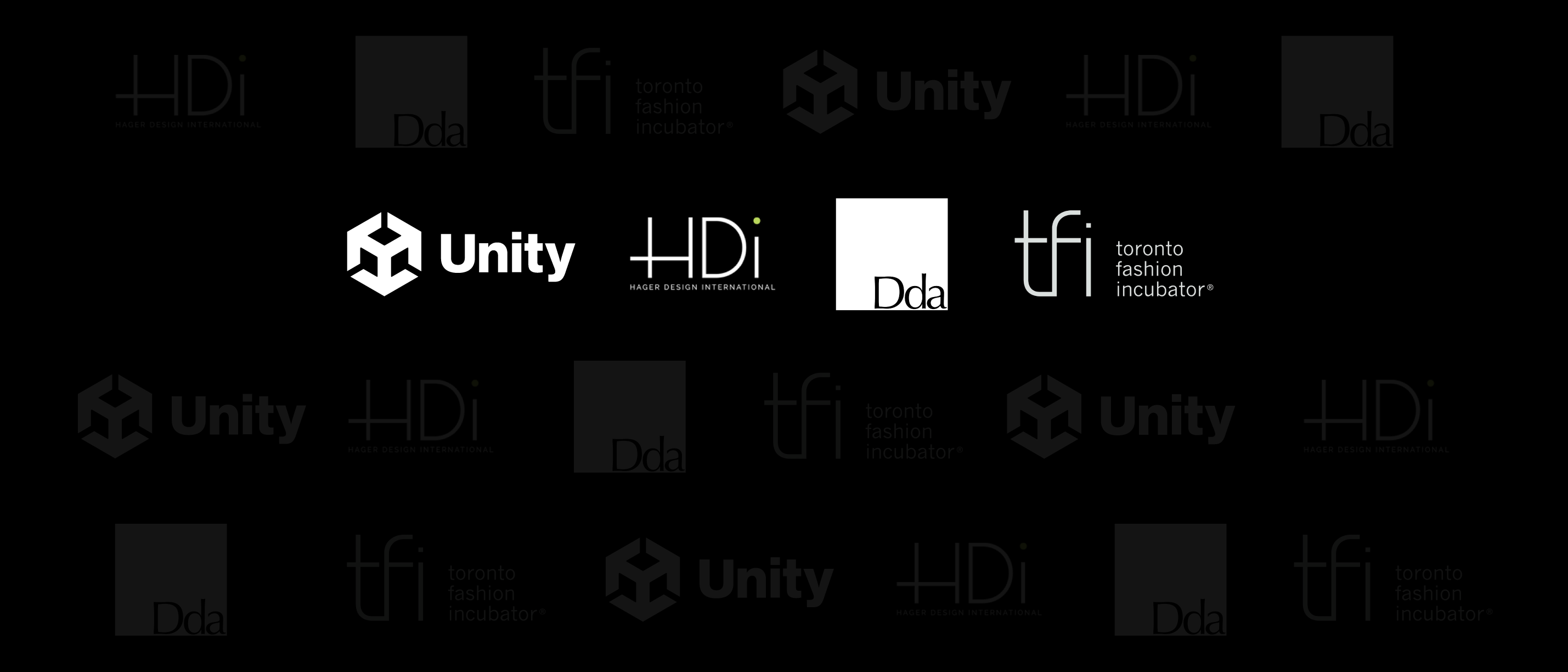Learn about Our
Program Pathways
VCAD partners with leading institutions to empower graduates into pursuing a Bachelor's degree.
Click on a pathway below to learn more.
Explore the diverse curriculum of Visual College of Art and Design and choose a creative career path that allows you to realize your dreams.
VCAD is known for providing a well-rounded arts education in an environment that emphasizes creativity and individuality, preparing students for a new and rewarding career in art and design.
At VCAD, we offer you the flexibility to choose from virtual classes that you can attend from anywhere in Canada or embark on a journey to success at one of our premier campus locations in Calgary and Vancouver.

Train for a career in 3D animation and design. Study the fundamentals of digital animation, modelling, and storytelling.
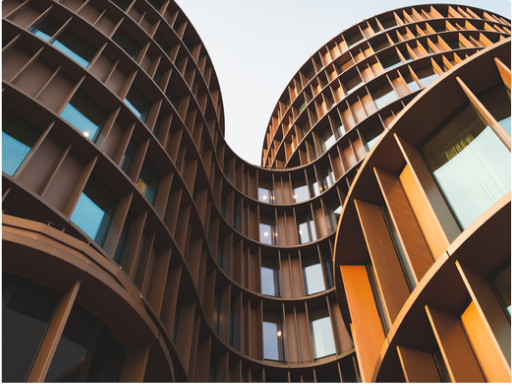
VCAD’s Architecture Design & Technology program will help you turn your creative aesthetic into a career.

Explore your inner fashion expert and turn your love of style and business into a rewarding career with this Specialization diploma.
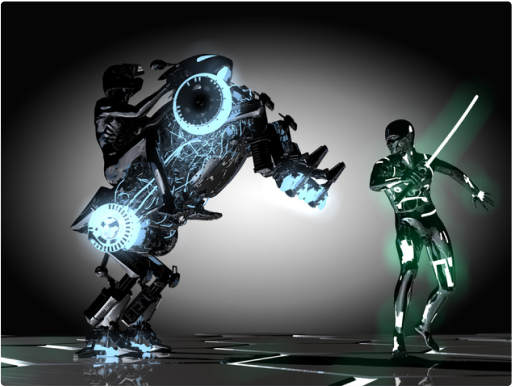
Learn how to make video games for a living. Train at VCAD and transform your passion into a lifelong career.
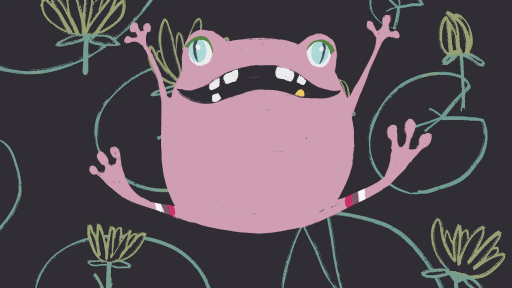
The courses that you take in our Graphic Design program will give you the knowledge and skills to launch your creative career.

VCAD’s Interior Design program provides industry-relevant training that will prepare you for this highly rewarding profession

VCAD’s Interior Design program provides industry-relevant training that will prepare you for this highly rewarding profession.

VCAD's Marketing and Merchandising for Fashion diploma program prepares you to be a fashion marketer.

Combine your joint passions for fashion and marketing! The global fashion industry relies on marketing and merchandising professionals.
VCAD partners with leading institutions to empower graduates into pursuing a Bachelor's degree.
Click on a pathway below to learn more.
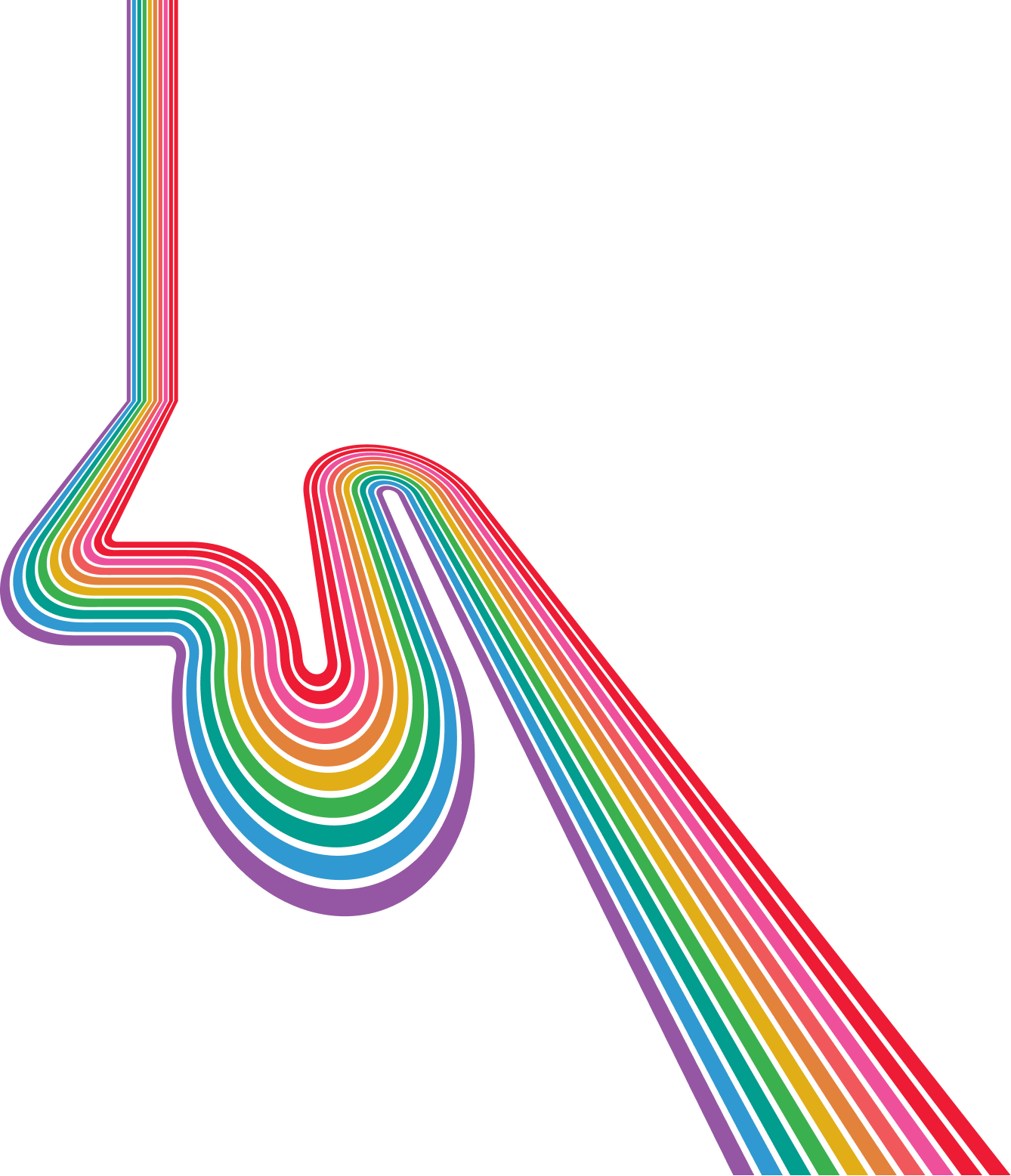
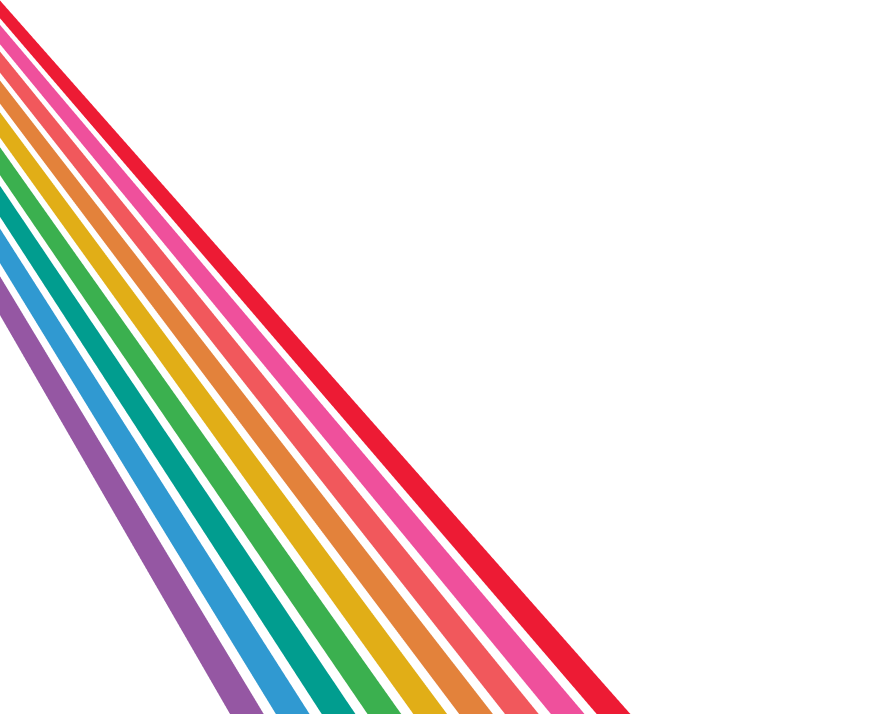






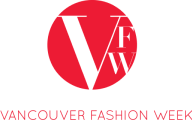


View our student portfolios and see what kind of jobs our grads and students have landed with their talents and skills.





















Ryan is a creative powerhouse who always introduces a refreshing take to his creative work. Now working for Lululemon as a full-time Graphic Designer, he continues to push the boundaries of his creatives in brand identity, and packaging design.
Click here to check out more from this grads portfolio.If it wasn't for VCAD I don't think I would be where I am today. I've had some amazing opportunities, I've met some wonderful people - amazing connections, and I'll be forever grateful.
Fashion Design
The most important thing that I learned at VCAD was how to use software - graphic design software.
Graphic Design
What drew me to the interior design program was that it was a creative industry and also that it's business oriented.
Interior Design
I chose VCAD because of all the options and programs that they offered, and I wanted to succeed and through not just my classes but also making like really cool things that I'm proud of.
Game Development and DesignAt VCAD, our instructors are industry leaders and celebrities in their respective fields, working for and having experience in today's top companies. These expert instructors provide valuable industry insight on top of teaching fundamentals, technical skills and best practices. Ensuring you receive the best, most up-to-date, and innovative course material to be successful in your career.

Learn what it takes to deliver the highest-quality game execution at an elite level. VCAD Industry Speaker Series presents "Cultivatin...
